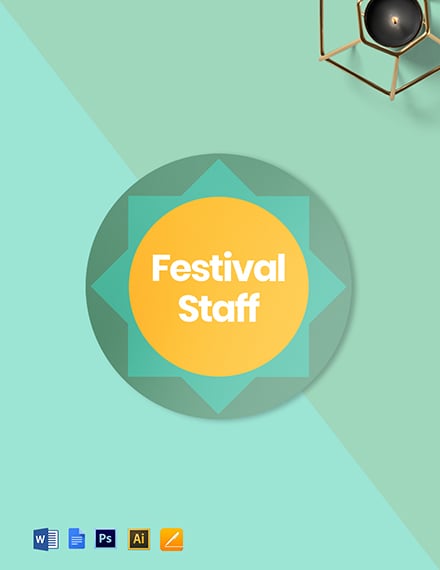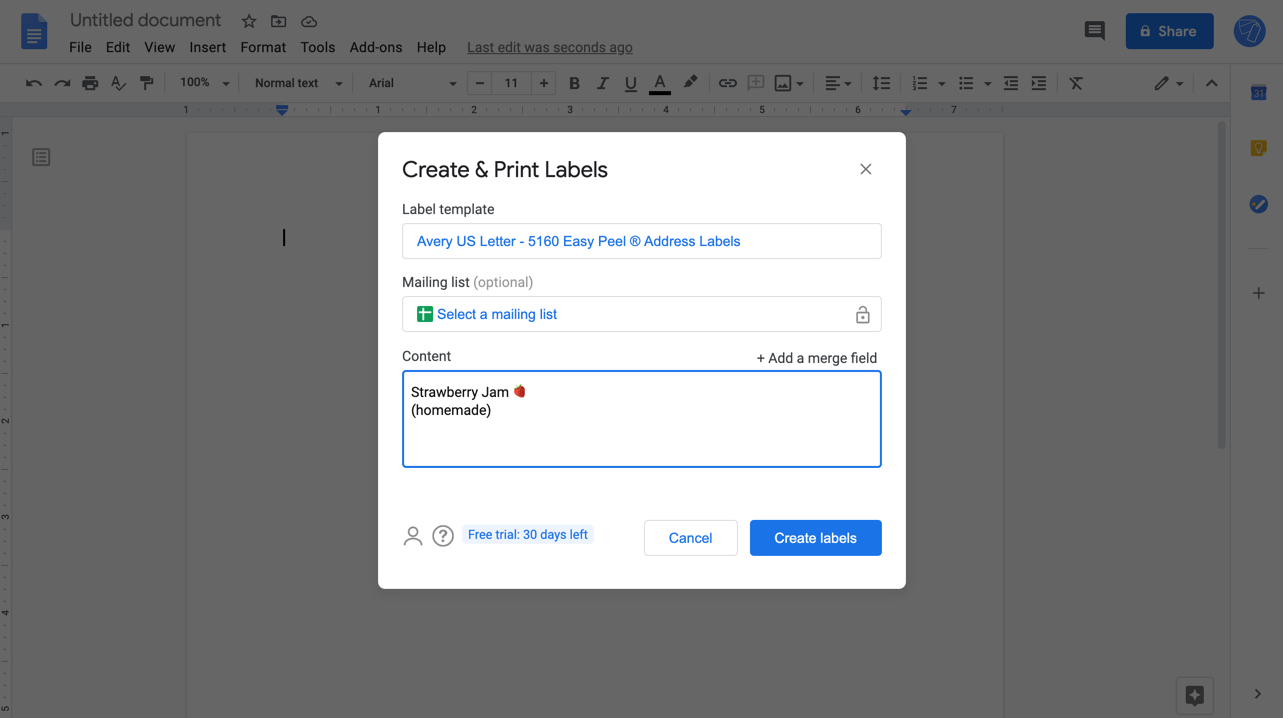

Now, your students should have access to your template - AND they should get their own copy of it! You can display it on a projector or even write it on the whiteboard/chalkboard.

(Otherwise, just click the “Make TinyURL!” button.) You can create your own link (case sensitive) if no one has taken it before you.Use the link to your template as the “long URL to make tiny”.With no learning management system (LMS) … To force students to make their own copy of your template to use, change the word “edit” and everything after it to “copy”. Delete the word edit and everything AFTER it. When you paste the link, go to the end of the link URL.Add a link to the assignment (in the description, with a link button, etc.) In the drop-down menu, choose “Anyone with the link can view.” Copy the link.In the STUDENT version of your template, click the “Share” button.With another learning management system (LMS) like Canvas, Schoology or Blackboard … Make a copy of a file for each student by clicking “Make a copy for each student” in the attachment drop-down in Google Classroom. In my Google Slides icon boards, I leave a bunch of icons in the workspace so students can use them to make infographics. You can save students time if you put things here that you think they’ll want to use. Students can drag anything you put here - text boxes, images, shapes, lines - onto the slide. Think of this as a place to put your tools on a workbench.

That’s the gray workspace around the slide. Put them here if you don’t want to give students a choice on where they go. You have two places to put the parts students will change/write on …

Here’s why Google Slides reigns for most templates: If you want to use Docs, Sheets, Drawings or anything else, choose Google Slides instead!.If you want to use Google Slides, open a new Google Slides presentation.If you can imagine your template in your mind, you can skip this step. For many people, identifying their goals and the basics first makes things easier. Here’s a step-by-step tutorial to get you started creating your own templates to assign to students! 1. something digital that students can manipulate on a screen.something printable that students can work with a pencil.Plus, you can use Google tools that you’re already familiar with to create them. It may not be as hard - or as time-consuming - as you think. You decide the order, the difficulty … everything!.The content is customized to what your students need.You don’t spend time fishing for just the right thing.And when we find a good one, students benefit.ĭo you ever wish you could create your own templates? When you do … When I find a good template online, it makes me want to jump for joy.


 0 kommentar(er)
0 kommentar(er)
